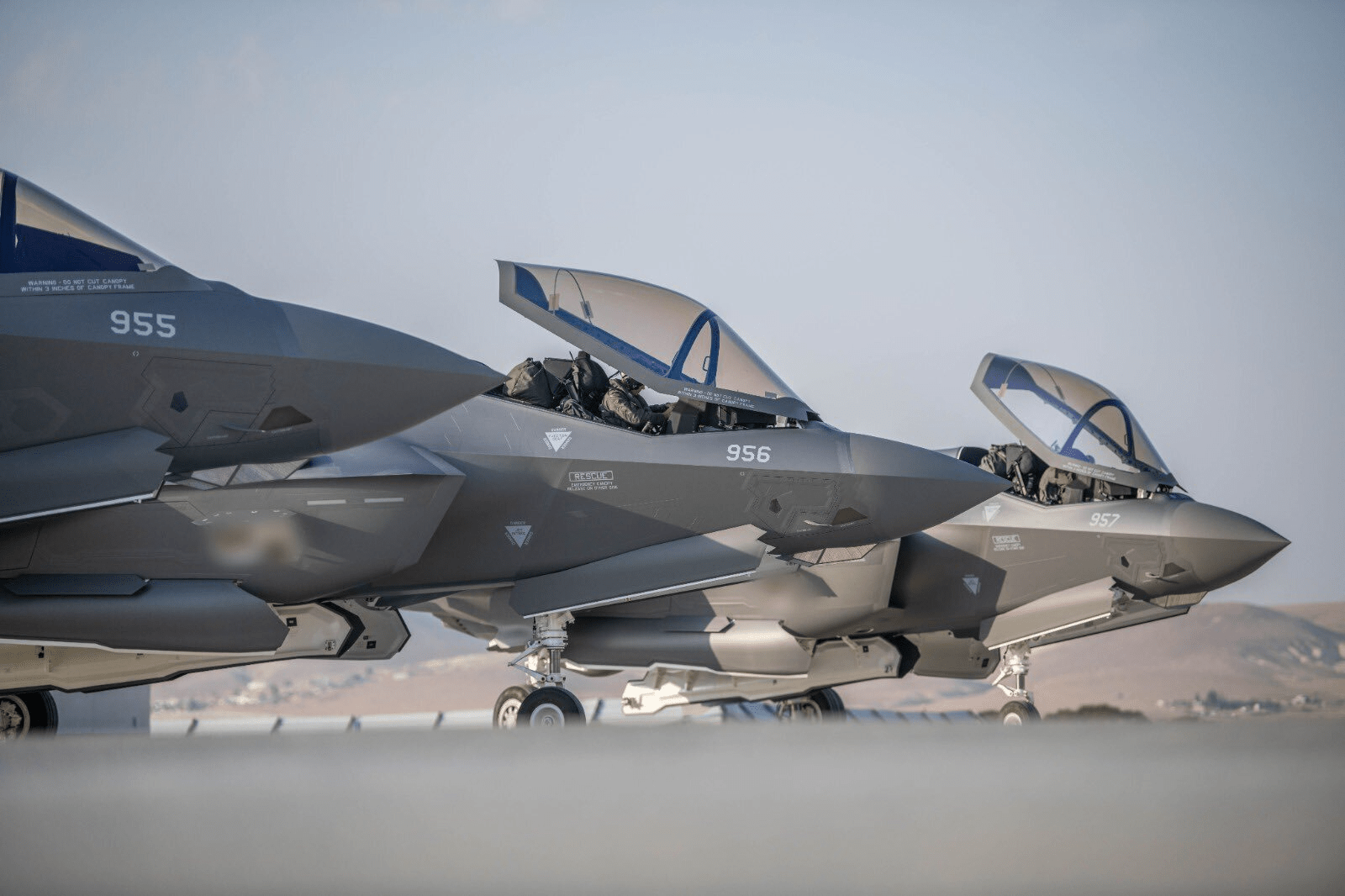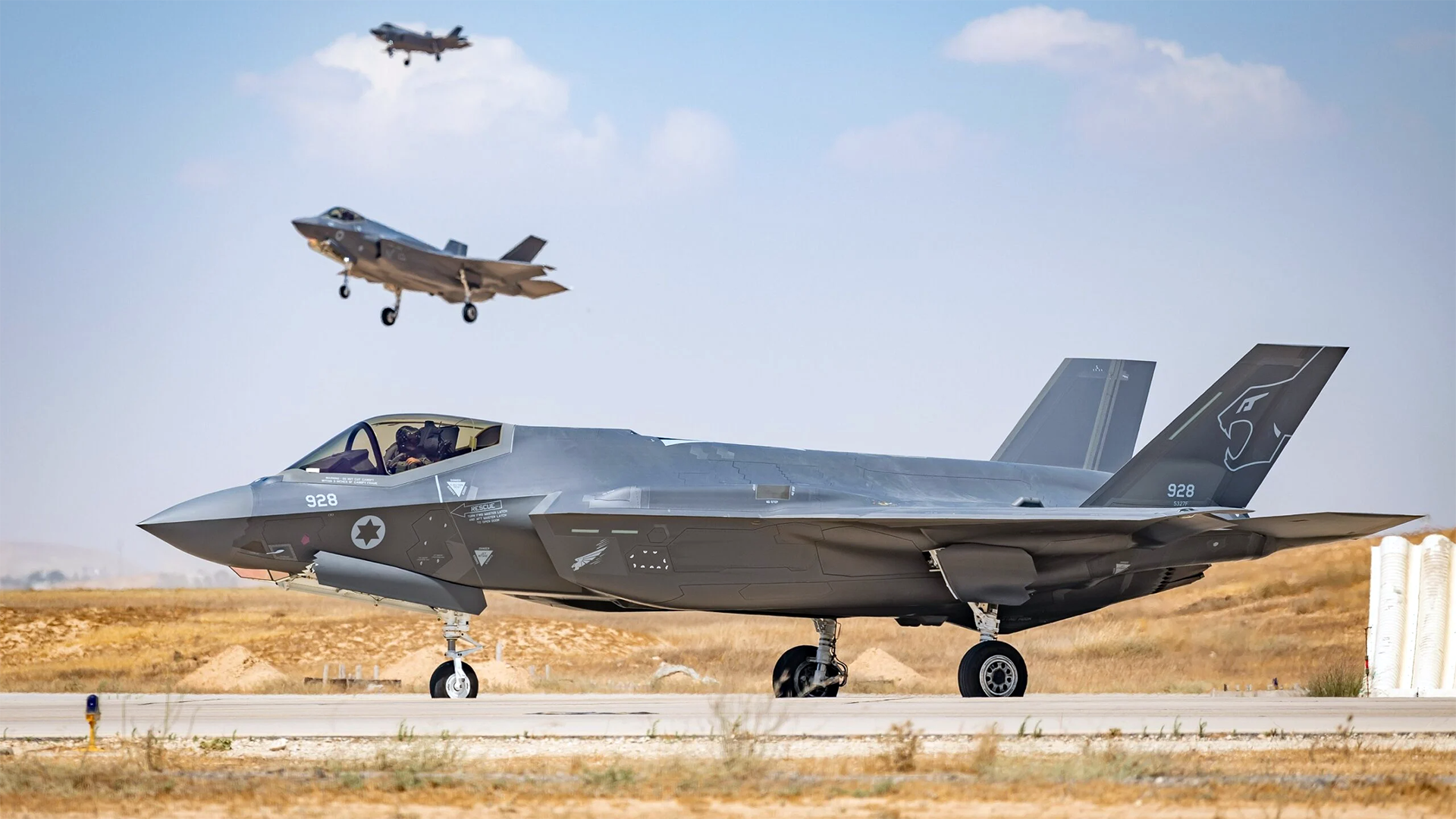The Israeli Air Force, or IAF, has announced the grounding of 11 of its F-35I Adir stealth fighter jets. The service is citing undisclosed lessons learned from the Dec. 15 crash of a Lockheed Martin-owned F-35B at Naval Air Station Joint Reserve Base Fort Worth in Texas as reasoning for the grounding, and it’s unclear when exactly the pause will be lifted.
The incident involving the short takeoff and vertical landing (STOVL) F-35B occurred on the 16th anniversary of the first F-35 flight. In videos taken during a flight test and shared to social media, the jet was seen hovering above the Forth Worth base’s runway for a moment before dropping and bouncing back into the air. The jet then came down hard onto the airstrip once more, and its nose gear could be seen breaking off entirely before the aircraft started to spin on its side, at which point the pilot ejected safely.

When contacted by The War Zone at the time, Lockheed Martin said that the appropriate investigation protocol would be followed. The circumstances surrounding the mishap are still not publicly known.
According to the IAF’s official statement on Twitter, the service leveraged findings and information gathered during the investigation of the Texas F-35B crash to determine that a dedicated inspection of their own F-35Is was required. The IAF stated that doing so would be necessary to rule out any chance of repeating the unspecified malfunction among its own fleet.
“The [Israeli] Air Force will analyze the findings of the investigation of the incident and recommend how to safely [get the planes flying again],” read the IAF’s machine-translated tweet.
The War Zone has reached out to the Israel Defense Forces (IDF) for more details about exactly how long the safety pause will last, why only a portion of the IAF’s F-35I fleet has been grounded as opposed to the entirety of it, as well as how the grounding may affect daily operations, but has yet to hear back.
The F-35 Joint Program Office, however, did respond to our request for more information but was only able to say that the IAF’s decision to ground 11 of its F-35Is was a sovereign action and referred us to the IDF for more details. There do not appear to be any other countries that have issued grounding orders for their own F-35s at the time of writing this article.
What’s most curious is that the IAF does not fly the STOVL F-35B variant. Its F-35I is a variant of the F-35A, which is the conventional takeoff and landing (CTOL) version of the jet. The F-35A and F-35I are closely representative of each other, but there are differences due to Israel’s incorporation of an increasing amount of locally made weapons and technologies.

As of November of this year, the IAF was in possession of 36 F-35Is, with 35 of them based out of Israel’s Nevatim Air Base located in the country’s southern district and one testbed jet stationed at the Flight Test Center at Tel Nof Air Base. By 2024, Israel will become the owner of 50 total F-35Is, with the final 14 jets slated to arrive at Nevatim at around that time. Israel first began purchasing F-35s from the United States in 2010, and they may ultimately plan to buy more, as well.
While the IAF has not yet experienced any F-35 attrition, the service previously grounded its entire fleet of F-35Is in July of this year over pilot seat ejection concerns that were also investigated by the United States. It’s important to note that there is an auto-eject system aboard F-35Bs like the one in Texas, which you can read about in detail here, but it’s not clear if Israel’s F-35Is have any components related to this system or its software.
The inspections in Israel over the summer lasted a few days and looked into the potential defects in the explosive cartridges for the pilot ejection system aboard the country’s F-35s. This was a fairly widespread concern that impacted a number of the global F-35 fleets. The jets returned to service with the IAF about a week later.

Another example of a notable mishap involving the jet in the past includes an incident several weeks ago with a U.S. Marine Corps F-35B. The aircraft suffered a nose gear collapse following an emergency landing at Kadena Air Base on the Japanese island of Okinawa. In October, an F-35 from the 388th Fighter Wing crashed at the north end of the runway at Hill Air Force Base, Utah.
We will continue to update this story as more information becomes available.
Contact the author: Emma@thewarzone.com
